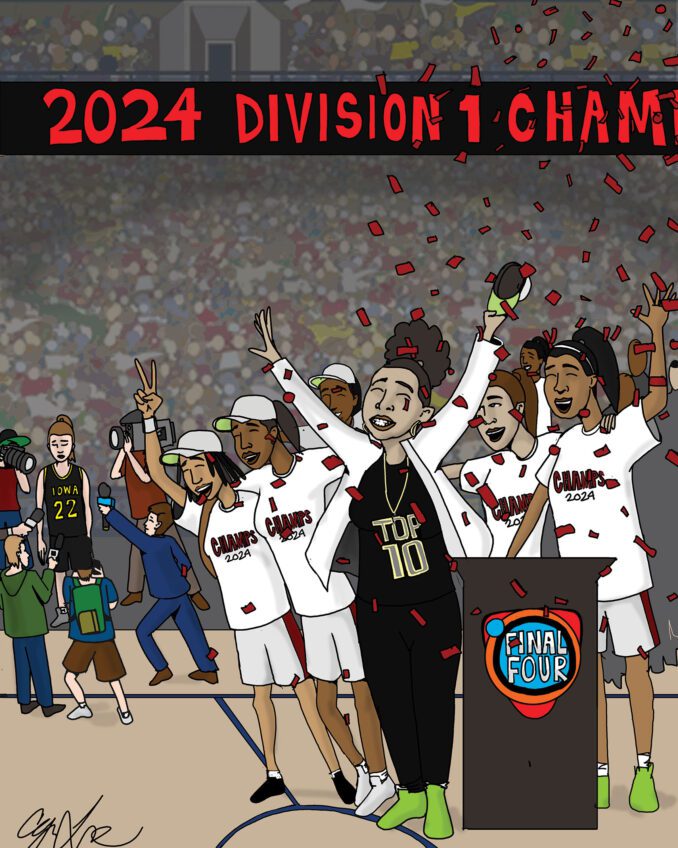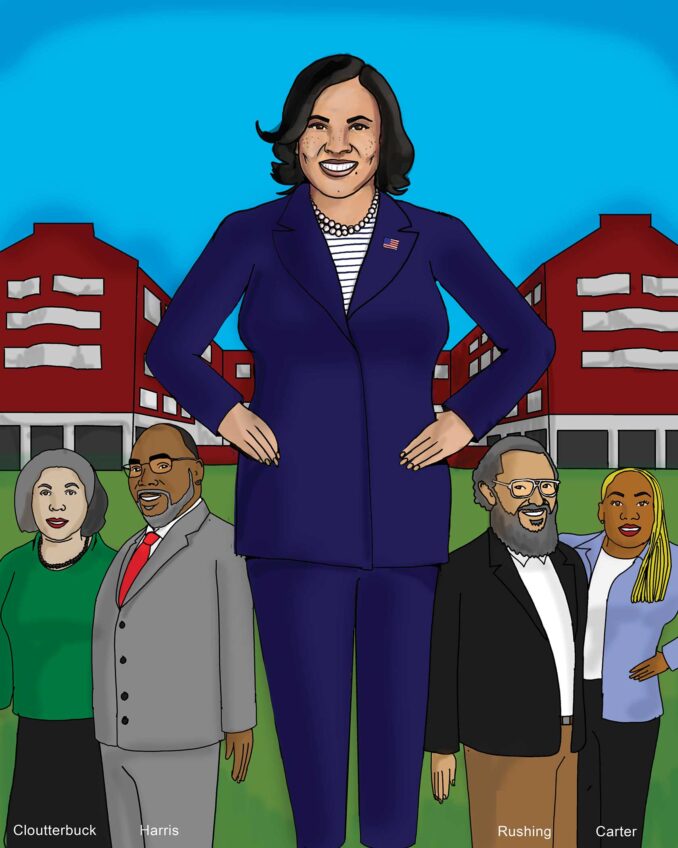
Social planners and protestors periodically call for reparations from the government for the progeny of slaves. In the June 2014 issue of The Atlantic, writer Ta-Nehisi Coates wrote a stirring proposal for reparations to compensate for more than slavery. His “The Case for Reparations” included “250 years of slavery, 90 years of Jim Crow, 60 years of separate but equal, and 35 years of racist housing policy…” But over the years the call for reparations for slavery has fallen on deaf ears. It is unlikely that Coates’ extended request will generate much political interest.
The concept of reparations is not an alien idea. In 1988, Germany gave $60 billion to Holocaust survivors, and Austria gave $25 million in 1990 to Holocaust survivors in their country. Such payments are not unusual. In the U.S., President Abraham Lincoln ended slavery in Washington, D.C. on April 16, 1862, and he paid slave owners $300 for each slave manumitted. And in 1990, the U.S. paid $20,000 to each of more than 100,000 Japanese U.S. citizens who were imprisoned during World War II for no reason other than that Japan had declared war on the U.S.
In every case, the parties injured by government action were able to receive compensation. That is not the case with reparations for slavery, which legally ended in 1865. Opponents of reparations have always asserted as an effective rebuttal that all the victims have died. Consequently there are no survivors to be paid.
However, as Coates points out in his article, there are more issues than slavery that have incurred federal liability. When innocent citizens are killed or injured by police abuse, according to a survey by Governing Magazine of a group of 24 large cities, combined annual payments of $1.2 billion are made for their lawsuits against the police or to settle claims. Most states and the federal government also pay funds to those who suffer false imprisonment.
Public policy that injures citizens because of their race should also raise a claim against the state. Before the 1954 U.S. Supreme Court decision in Brown v. Board of Education, states had the right to establish segregated systems of education. However, states were required by the U.S. Supreme Court decision in Plessy v. Ferguson in 1896 to establish schools that are “separate but equal.”
Therefore, states were obliged to have equivalent budgets for schools for black students and those for whites. According to a 2004 report by the American Federation of Teachers, “Jim Crow’s Schools” by Peter Irons, the budget disparity was substantial in the South.
“Alabama spent $37 on each white child in 1930 and just $7 on those who were black; in Georgia the figures were $32 and $7; in Mississippi they were $31 and $6; and those in South Carolina were $53 and $5, a disparity of more than 10-to-one.”
The meager education budget made it impossible to offer salaries to attract highly qualified black teachers. Horace Mann Bond found in 1931 that many of the black teachers in Alabama schools “were assigned to teach students in grades above their own level of knowledge.”
Before the Court’s second decision in 1955 — Brown II —ordered states to desegregate, black public school students in the South were harmed by an inferior education. This injury is as damaging as false imprisonment, police abuse or even slavery. It makes more sense to focus on restitution for those still living who have suffered from government sanctioned bigotry than to attempt to generate support for the long deceased victims of slavery, a practice that became illegal in 1865.






